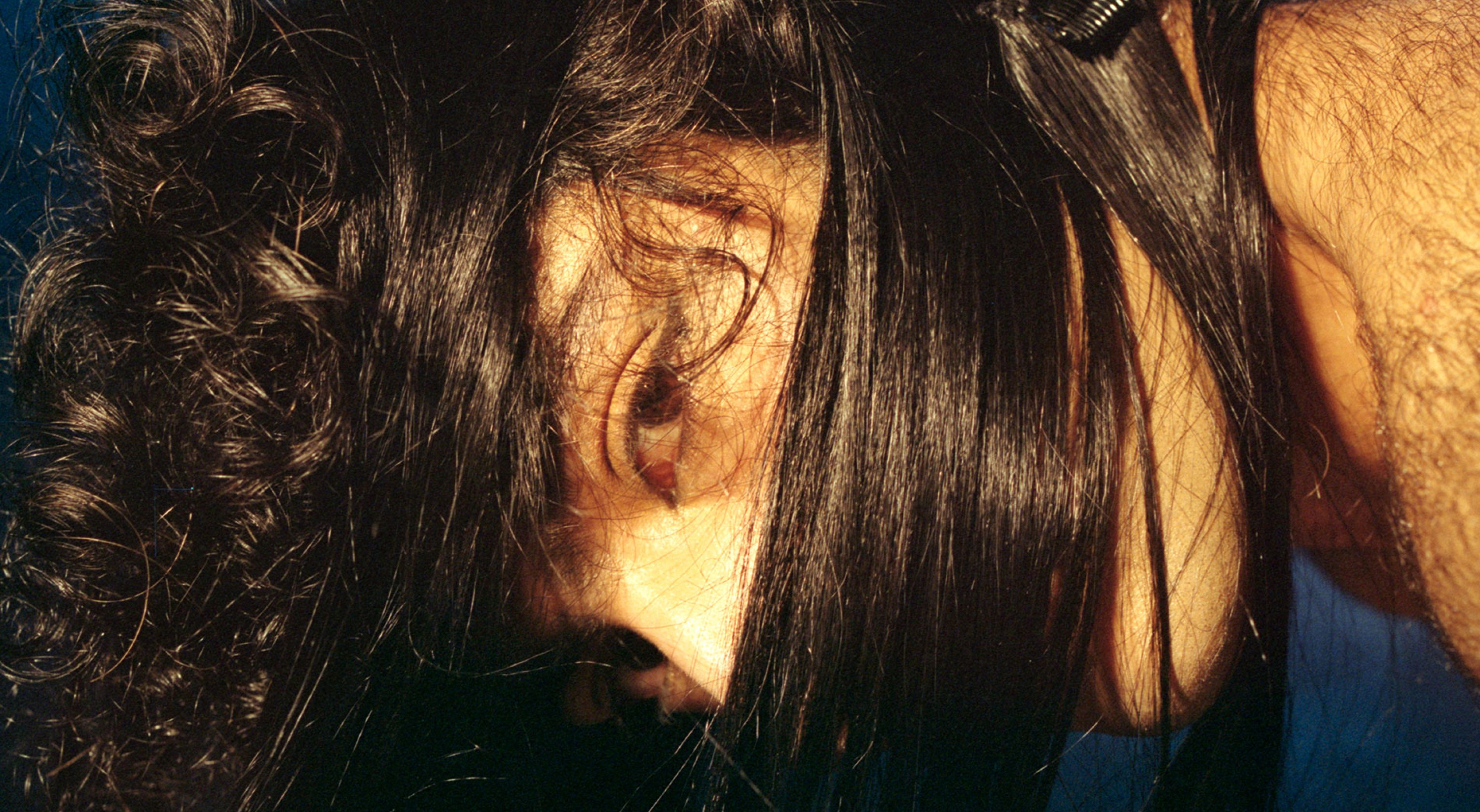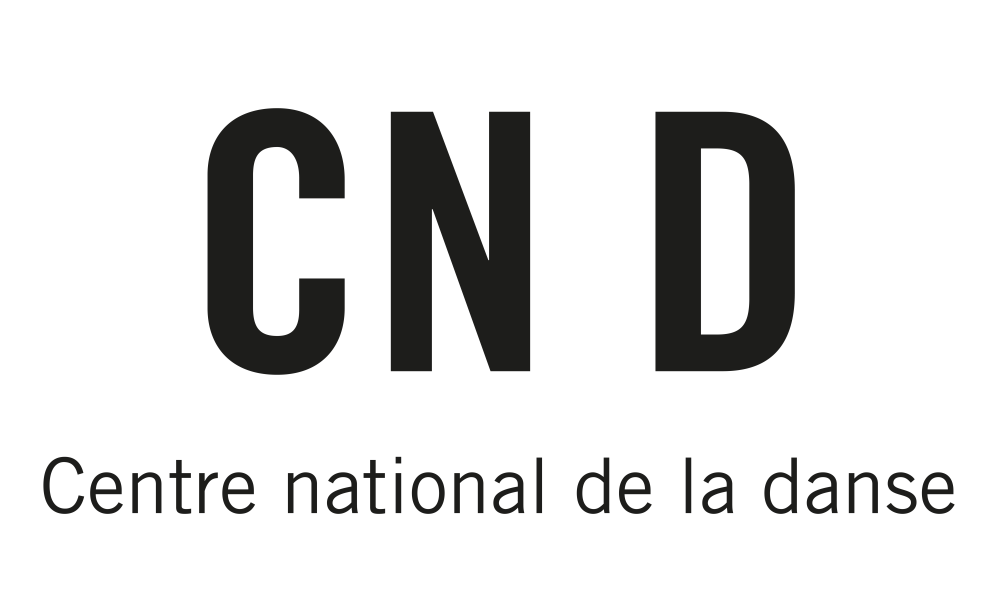Sorour Darabi
Natural Drama
decemberdec 2 – 4
Concept, choreography, text and performance, Sorour Darabi
Dramaturgy, Lynda Rahal
Light design, Yannick Fouassier
Stage Manager, Jean-Marc Ségalen and Selma Benramdane
Sound Design, Pablo Altar
Set and costume, Alicia Zaton and Marine Peyraud
Assistant set and costume, Juliette Ritter
Vocal Coach, Pierre Derycke
Thanks to, Thélia Merchadou-Pineau (help for research of collaborators), Pierre Renard
Executive production, Météores
Administration, production, Charlotte Giteau
Production, touring, Sandrine Barrasso
A coproduction by CND Centre national de la danse and Festival d’Automne à Paris. This show is produced in conjunction with CND Centre national de la danse and Festival d’Automne à Paris
A coproduction by ICI – Centre chorégraphique national Montpellier – Occitanie / Pyrénées Méditerranée as aprt of the Europe Creative Life Long Burning financed by the European Union ; Réseau WEB : Festival Uzès danse, WP Zimmer (Anvers), Beursschouwburg (Brussels), Black Box Theater (Oslo), Tanzquartier Wien, Frascati Theater (Amsterdam) ; PICA (Portland Institute of Contemporary Art) ; L'Échangeur CDCN Hauts de France ; CND Centre national de la danse (Pantin) and Festival d’Automne à Paris
In assocaition with CND Centre national de la danse (Pantin) ; and Festival d’Automne à Paris
With support from the Ministère de la Culture, DRAC Île-de-France and from the SPEDIDAM
Studio space availability: Ballet du Nord – Centre chorégraphique national Roubaix Hauts de France, Centre National de Danse Contemporaine – Angers – ACCN, Stuk Kunstencentrum Louvain, Agora/Montpellier danse, Trauma Bar & Kino
The Iranian artist Sorour Darabi reflects upon notions of transgression in performative pieces which involve body and language alike. S.he questions the idea of « nature » in relation to contemporary environmental preoccupations, historical aspects of this notion and their socio-political resonances on the body.
After presenting Farci.e in 2020 during the Festival d’Automne (as part of Échelle Humaine à Lafayette Anticipations), Sorour Darabi brings audiences a new creation in 2021. S.he sets forth reappropriation as an act which seeks to make visible hybrid myths rendered invisible by a policy of binary construction. In other words, the writings and representations that exist between man and woman, West and East, and pleasure and pain, to name but a few. Via text, dance, and visual arts experimentation, s.he conjures up a « post-dystopic » fiction which goes beyond all dualist narrative, in the aim of forging a new mythology. We are confronted with a fiction which starts off with two figures from the start of the 20the century – Zahra Khanom Taj Saltaneh, an Iranian princess from the Kadjar dynasty, and Isadora Duncan, an American dancer who established herself in Europe – as well as a reflection on what arises from eugenist and hydro-feminist thought. Via this questioning of the idea of « nature » and its impact on the body, the piece seeks to create a new being, free to wander around the interstices of « norms » and the « natural ».

